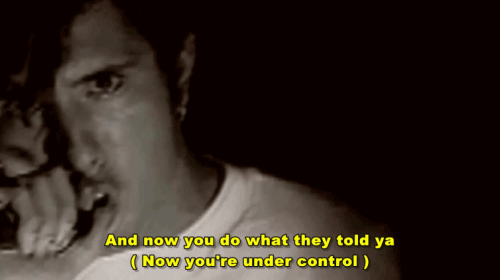Do you mean "for a new edition," as to be "in the PHB," as in initial publication/release?
I am inclined to think 13 is your very most/top for an initial outing. I would put your "base minimum" at 7 or 8. But I think a list of 13 is probably the best.
Gives you enough for people to say "Oo! Look at all the options/possibilities," including hopefully multiple avenues for various different character types, without getting into repetitive or redundant character types/classes. More than that and it'll become unwieldy and daunting for attracting "new" players - at least. If not simply impractical from a material/printing/page count perspective.
That covers all of the primary, secondary, I would argue gets into tertiary, major archetypes one would need.
Supplemental materials, whether that's online or printed, Unearthed Arcana - or other manuals, adventure modules/paths, "Champions of..." books, etc... then, can add archetypes/classes/subclasses/backgrounds/feats of any specificity and ever-narrowing spheres of character narrative ("the X warrior, of Y setting/species, Z province/kingdom/order, abc special abilities - but they're totally NOT the same as some already existing class options") ad infinitum/ad nauseum.
What You Need:
- Fighter - the Warrior. Combat Expert.
- Mage - the Wizard. Magic Expert. (Arcane Caster magic-working.)
- Thief - the Rogue. Skill Expert.
- Cleric - the Mystic. Support Expert. (Divine Channel magic-working.)
- Ranger - the Warrior + Rogue. Non-magic Skill Expert & Warrior Support.
- Druid - the Mystic + Wizard. Nature Magic (caster & channeler) support.
Then...
- Bard - the Mystic + Rogue. (def. NOT a so-called "full caster" with progression to match a Mage.)
- Paladin - the Warrior + Mystic (though for me, these really just need to be a specialty cleric/subclass)
- Swordmage - the Warrior + Wizard, really needs a better name, but the Fighter-Mage amalgam
- Warlock - the Wizard + Rogue, introduces "occult" or "forbidden" magics.
...and...
- Barbarian - too strong an archetype not to be included, alternate Warrior construct. Multi-archetype subclasses based on choice of Totem/Clan.
- Adept - nee "Monk," too strong an archetype (and game history) not to be included (though should have a shiolin-style/chi-driven subclass option). Multi-archetype subclasses based on choice of Martial Art/Style.
- Psychic - introduces psychic energy, nee "psionics", into the game, the psychic powers (NOT "spells") class. Alternate Wizard construct. Multi-archetype subclasses based on choice of "Discipline" (Power Focus/Suite).
With these, you could definitely play just about any D&D fantasy type of game.
For my own tastes, I would also want to see included (through supplements):
- Acrobat - a maneuverability rogue/entertainment expert (that isn't a Bard).
- Alchemist - an arcane skills expert. Makes magic happen without casting or channeling/no spells.
- Cavalier/Knight - a non-magic "Paladin" class.
- Rake - a non-magic "Bard"/coutier class.
- Swashbuckler - a maneuverability warrior, maritime expert
- Abjurist - abjuration & divinations wizard, the "protection/defense" magic expert.
- "Invoker/Cloistered Cleric/Theurgist" - a more castery/(Divine) magic-exclusive cleric.
- Illusionist - illusion & enchantments wizard, the "trickery/deception" magic expert.
- Necromancer - (too strong of an archetype to ignore) a "death/undeath/spirit" magic wizard.
- Shaman - the "Spirit World" channeler/magic-worker and shapeshifter.
- Thaumaturgist - the ceremonial/ritualist magician, Divine & Arcane magic casting wizard.
- Witch - a non-patron bound "occult" magic-worker with limited access to all other types of magic and supernatural powers.
From there yu can move into setting and/or species specific classes/archetypes...
- The Dragon Guardian (dragon-riding/-communicating amazo-draco-warrior)
- The Hell Knight (demon-hunting abjurer-rangers)
- The Nature Warden (a "Green Knight" champion of Nature)
- The Dwarven Defender
- The Elfin Bladesinger
- The Gnomish Magi-Tinker/Artificer
- The Orcish Blood-Brute (totally nooooot a barbarian <eyeroll>)
- The Shadowcasters of Ick.
- The Wutzit of Wherever.
etc... unto the ends of the multiverse...

